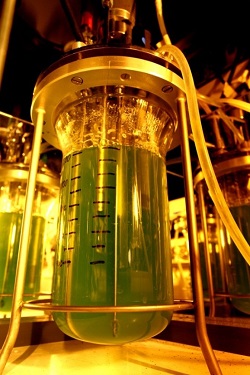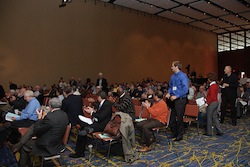 Brazil’s sugar cane growers are asking for some help from that country’s government to educate the public about ethanol. Elizabeth Farina, the President of the Union of the Industry of Cane Sugar Association (UNICA), said the industry needs to overcome prejudices caused by inadequate public policies and interference in the fuel market that hurts ethanol’s competitiveness. To that end, the Parliamentary Front for the Enhancement of the Sugarcane Industry, was officially launched in the capitol city of Brasilia.
Brazil’s sugar cane growers are asking for some help from that country’s government to educate the public about ethanol. Elizabeth Farina, the President of the Union of the Industry of Cane Sugar Association (UNICA), said the industry needs to overcome prejudices caused by inadequate public policies and interference in the fuel market that hurts ethanol’s competitiveness. To that end, the Parliamentary Front for the Enhancement of the Sugarcane Industry, was officially launched in the capitol city of Brasilia.
“It is very important that society knows that even with negative results in recent years and at the expense of a growing indebtedness and dangerous for the industry, companies have invested heavily in technology to improve performance, increase production and improve sustainability. Unfortunately, the good results on the production side are not translating into financial returns. The nominal average price paid by the ethanol plant is decreasing in the last three years, while the costs of structural and cyclical production has grown relentlessly,” says Farina.
Just last year, more than $4 billion was spent on sugarcane plantation renovations and expansions in Brazil’s South Central region, representing a significant investment in that area’s economy, in addition to the money spent on infrastructure to help the biofuels industry.
“All this does not take into account the increasing resources dedicated to the development of cellulosic ethanol or second generation. It is no coincidence that our companies today get between 7 and 8 thousand liters of ethanol per hectare, while the production of ethanol from corn in the United States, does not exceed 4000 liters per hectare,” stressed the president of UNICA.
UNICA also points out that Brazilian ethanol is recognized by the Environmental Protection Agency (EPA) as an advanced biofuel.









